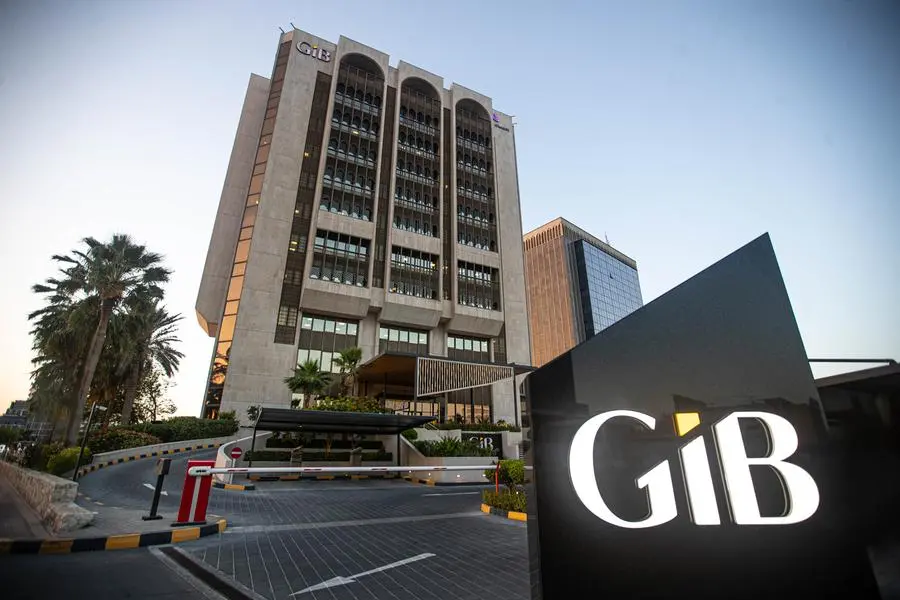21 April 2005
ALEXANDRIA, Egypt: Over one hundred artists unveiled their work in the exhibition halls of the Alexandria Library last week for the second "Imagining the Book International Biennale." The show, which remains on view through May 21, kicked off with a raucous mid-day opening, replete with musicians, drum circles, and artists from all over Africa, the Arab world, Europe and North America. Most striking about the event and the two-day symposium on contemporary African and Arab art to follow, however, was the sturdy turnout on the part of the local public. For days the main library building, the conference center where the exhibition is on view, and the plaza linking the two together, were flooded with people, including students, families, the young, the old, visitors, locals, and more.
"I like the freedom of the exhibition," says Sherif Mohie el-Din, director of the library's active arts center. "It's very important for Alexandria. We are trying to do initiatives in music, theater, cinema and the plastic arts. We are trying to do things that don't happen in other centers. We are trying to have a new audience. We are always working with volunteers and young people from the community."
Completed in October 2002, the Alexandria Library revives the legendary edifice built by the Ptolemaic dynasty as a hub of knowledge in the third or fourth century BC. Historical accounts diverge radically on the issue of how, when, or why the ancient library was destroyed (some say Julius Caesar, others Caliph Omar). But its legacy remains central to the myth of what Alexandria once was and perhaps could be.
After a 10-year fundraising campaign, the Norwegian architectural firm Snohetta (recently commissioned to do a museum complex on the World Trade Center site in New York) won an international competition to rebuild the library as a monumental tilted disc wedged into the ground. Construction began in 1995. At a cost of $218 million, the project took seven years to finish. Late last year, the library won Snohetta, in conjunction with the Egyptian firm Hamza Associates, a prestigious Aga Khan Award for Architecture.
Known officially as the Bibliotheca Alexandrina, it opened with some 20,000 volumes and hopes to achieve holdings of eight million books by the year 2020. But more than that, the library is positioning itself as a major incubator for open cultural dialogue and discussion. In addition to the stacks, the library complex spreads across five research centers, three museums, numerous galleries, a planetarium, an Exploratorium, and more. To ink its status as a site for progressive social, political and cultural thought, it has hosted hundreds of events for local, regional and international participants.
The "Imagining the Book International Biennale" is one such event. This time around, Mohamed Abou el-Naga, himself an artist and the biennale's general commissioner, invited 108 artists to participate in week-long workshops, exhibit work and attend a seminar. The work on view is all, one way or another, built around two themes - the book itself as an encasement for the imagination, and the Sahara as a geographic and psychic territory between Africa and the Arab world.
Most works interpret these two themes literally, meaning, there is an awful lot of sand in the exhibition halls and no shortage of actual books. Austrian artist Luitgard Eisenmeier explores the packaging and exoticization of identity through travel books; Egypt's Wael Darwish offers a grand piano with ivory keys replaced by torn book spines.
One step further than the obvious, several artists incorporate text. Egypt's Reem Hassan is showing a dense canvas covered with aphorisms snagged from Delacroix: "I prefer a freedom full of hazards to a peaceful slavery ... He frequently admitted that he loved a woman to madness; however, he preferred freedom to her." The work reads as a constitution for contemporary life.
Mohamed el-Ganobi from Egypt has created an installation out of his image transposed on glass breaking over a bed of sand. Beside are the words, "If we put our memories together our destiny will change ... Everything is different between us. So you can read us together ... Maybe you found two stories, and maybe only one."
While these works attest to the strength of the biennale's workshop, some of the strongest pieces in the show were made beforehand, such as Sue Williamson's powerful "For Thirty Years Next to His Heart," from 1990, about the sinister pass books that black South Africans were required to carry before the fall of apartheid, and Moataz Nasr's dual-screened video installation "Father and Son," from 2004, which captures a wrenchingly honest, taboo-crushing conversation about marriage and fidelity as it unfolds between the artist and his father.
Similarly, Jamelie Hassan, a Canadian artist of Lebanese descent, is showing work she's done on the journals of a Canadian woman traveling in Egypt at the turn of the century. Hassan has delved into her archives and uncovered her huge plate glass negatives. Much contemplation - about travel, women, autonomy and independence - has gone into this work and it shows.
That said, the strength of "Imagining the Book" seems to lie not in the exhibition itself - cluttered, hastily installed - but in the workshop preceding it. As an organizing principle, the biennale is inescapably fraught. It is not just an exhibition staged every two years. It carries international baggage and aesthetic expectations. It requires a true curatorial touch. Not selecting, not arranging, not administrating. Curating.
If curating is like deejaying and artworks are the records, then Naga selected tracks but failed to make much use of the mixer. "I wanted artists who were young, old, and serious. I don't need great artists. I need people who want to push it. With some artists, maybe the art is so-so but the approach is serious."
Still, Naga admits the workshop outshined the show. "Even for us, we've realized these workshops have to be a part of our internal process, to give artists a chance to interact. For a lot of artists, especially young artists, this was a chance to see their work through the eyes of others. This particular exhibition brought together a lot of artists from different generations, ages, backgrounds, styles and mediums," he says. "Even after the exhibition ends, the workshops will continue."
Simon Njami, the independent curator responsible for the blockbuster "Africa Remix" show currently heading to the Centre Pompidou in Paris, detailed a harsh critique of "Imagining the Book."
"There are far too many works. When we curate we are supposed to respect the work and allow people to see the work properly on the artists' own terms," he says. "To address the work honestly, there is a need for mediators, for curators. Art is the translation of what cannot be translated. Art," for example, "can translate what love is while nothing else can. We have to be able to implement means of strengthening its creation, to have places and dialogues. When we are fake our shows will be bad. I was told," he adds, "that the best moments in the biennale were the workshops. So let's follow that path. What is a biennale? It's not necessary."
These remarks could have easily been brushed off with pride or arrogance. But Mostafa el-Razzaz, the biennale's president, absorbed them fully and responded to them generously, saying, in effect, "Let's talk."
What potential do such workshops hold? In Alexandria, each artist was paired with a student volunteer from the University of Alexandria's faculty of fine art. Mohamed Abou al-Kheir, 20, was born and raised in Alexandria and is currently a fourth-year student studying architecture.
"We come often to the library. We have friends and relations here," he says. He helped assemble a group of students to assist in the biennale. "Every volunteer was associated with an artist, to get material and provide manual or technical help. It was a good chance for us to be with all these artists and know how they begin to work. The direct interaction is very impressive and very important for us."
Kheir and his colleagues created their own work for the show - a sculptural piece carved out of luminous green wax. On it, they inscribed the names of everyone involved.
"All the volunteers, all the artists, all the lighting engineers, everyone who made the exhibition possible," says Kheir proudly, with a smile that suggests everything at the Alexandria Library, all its ambitions, are right on track.
"Imagining the Book" remains on view through May 21. For more information, call +20 3 4839999 or check out www.bibalex.org




















